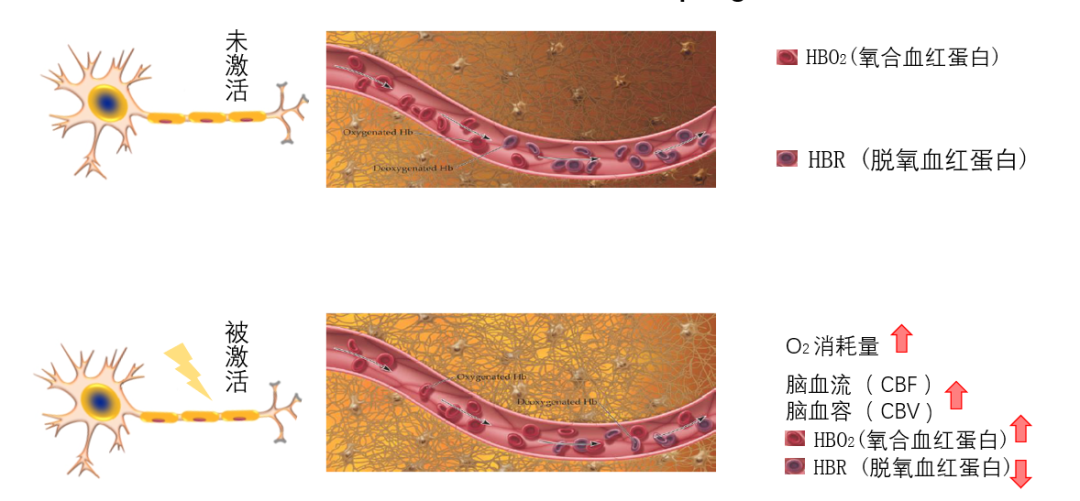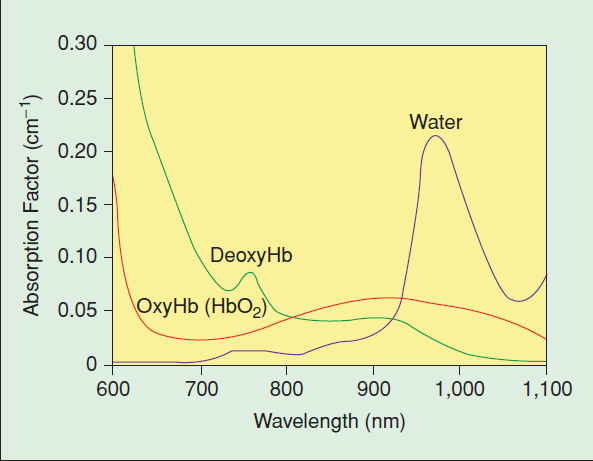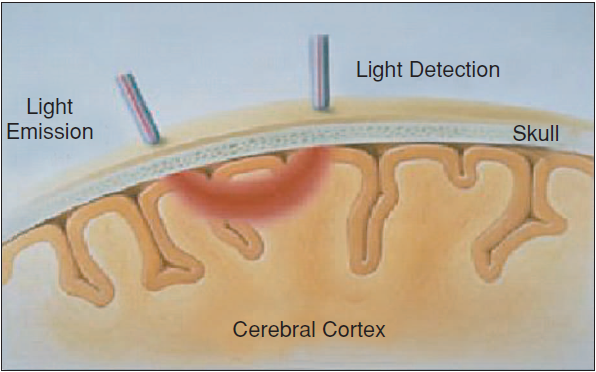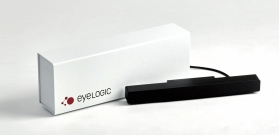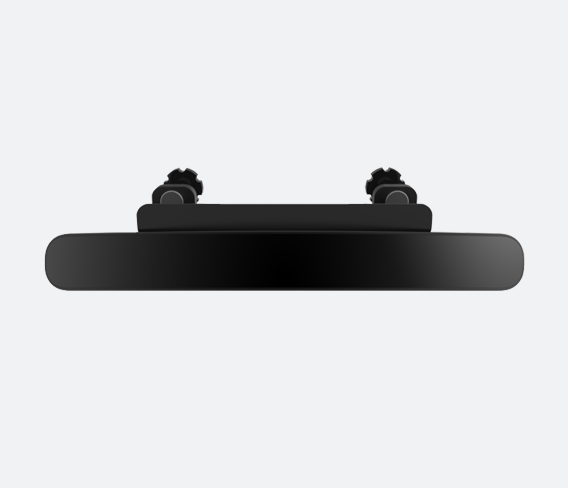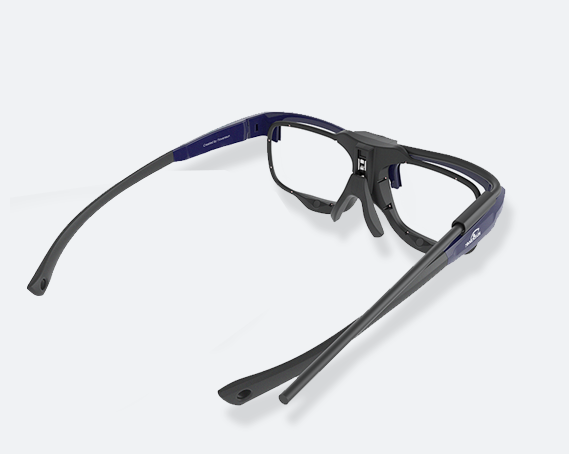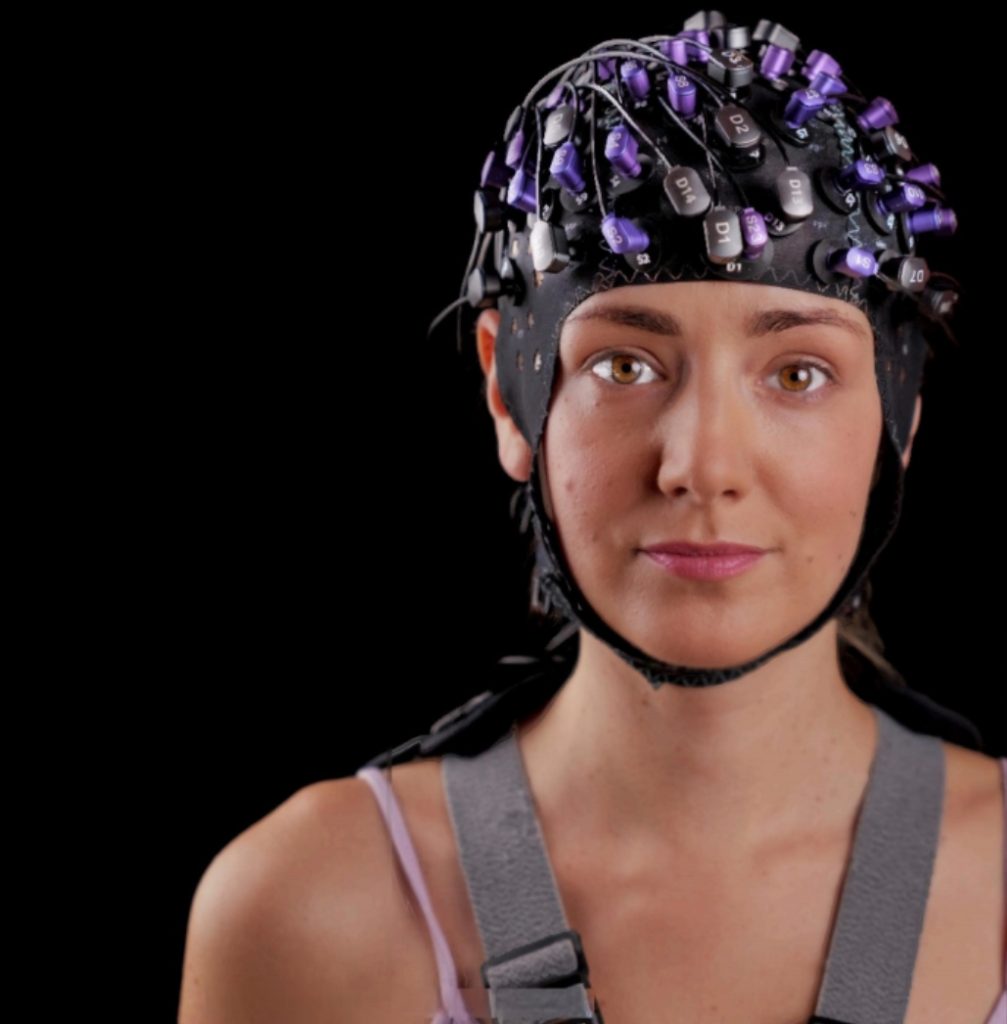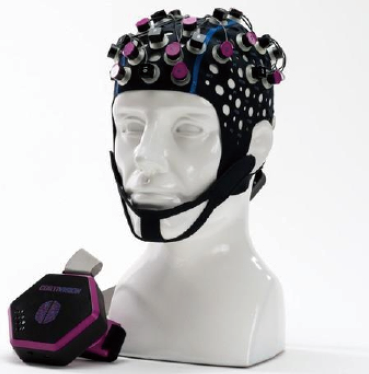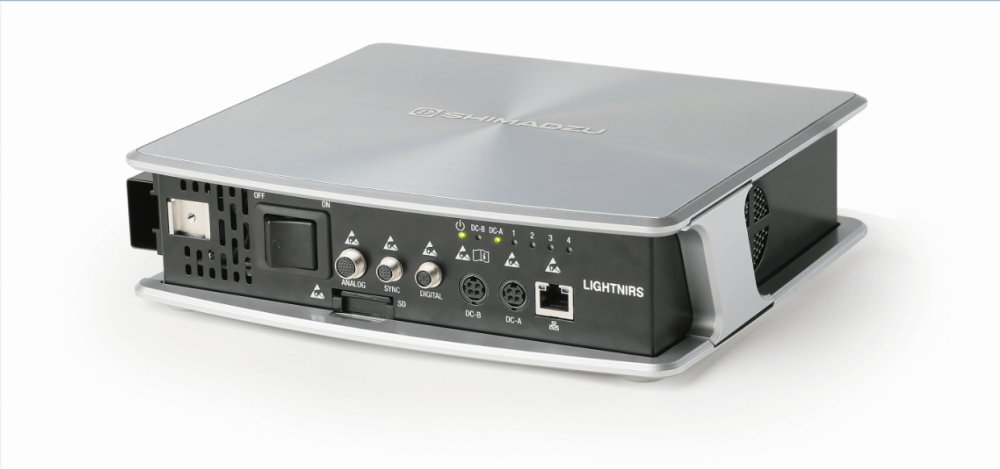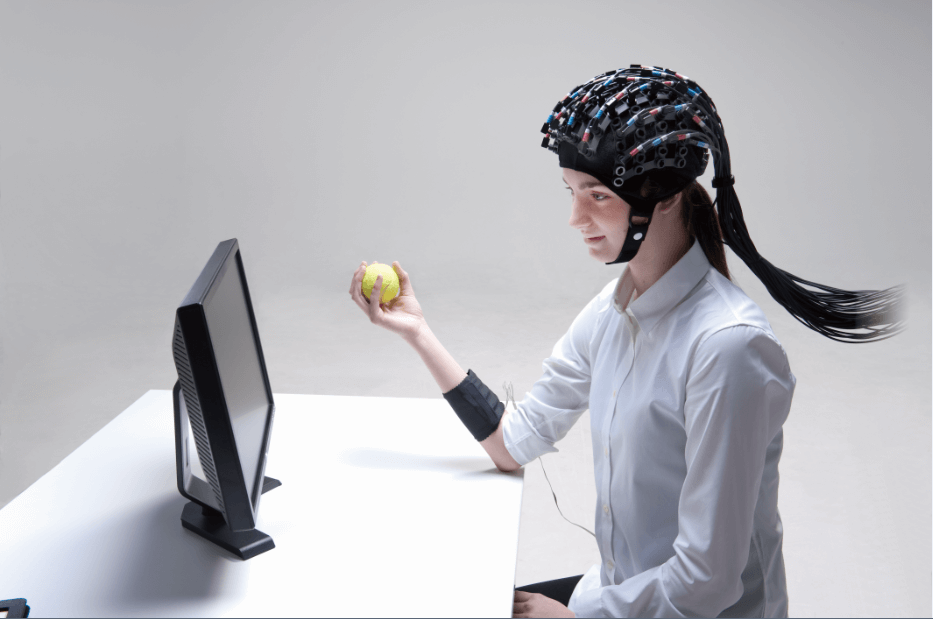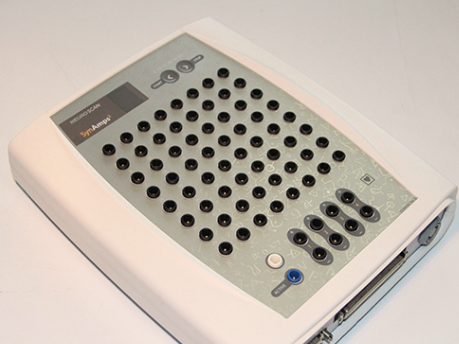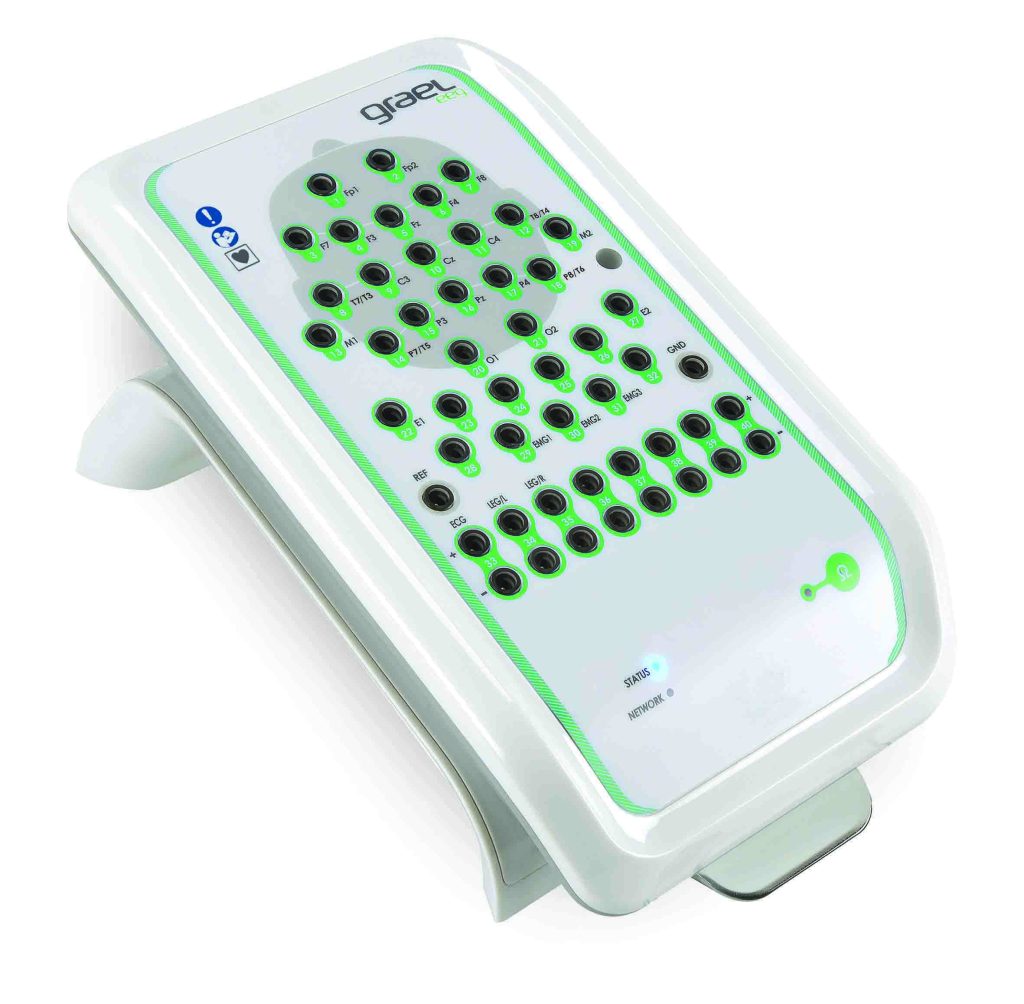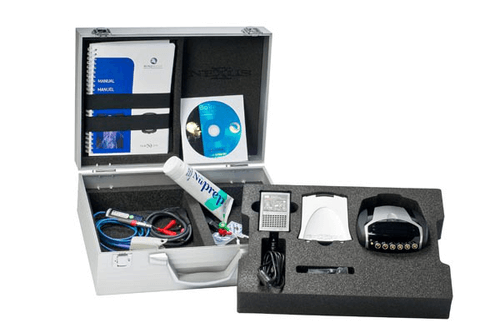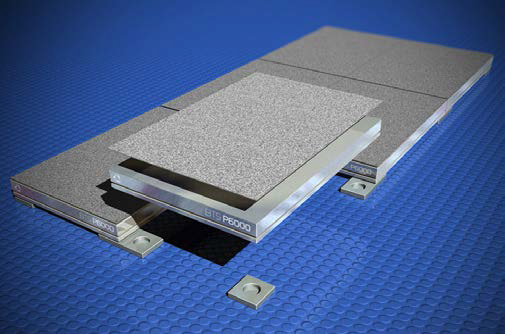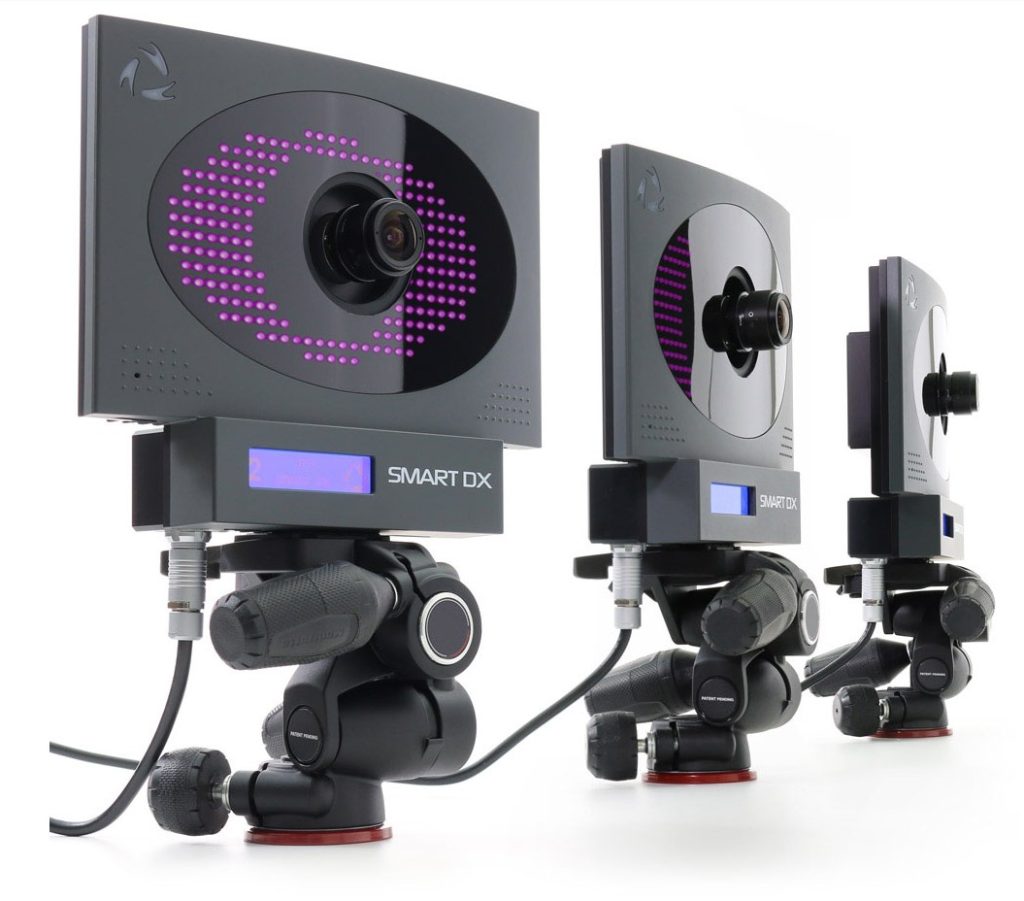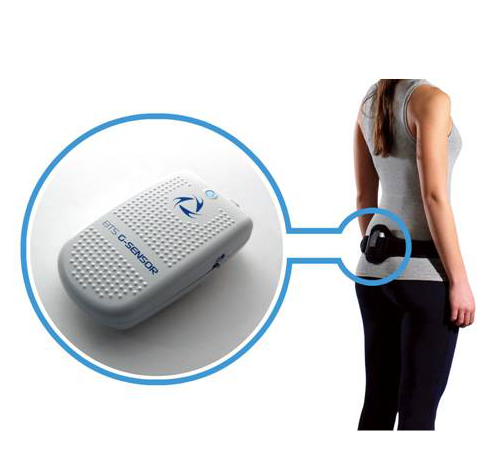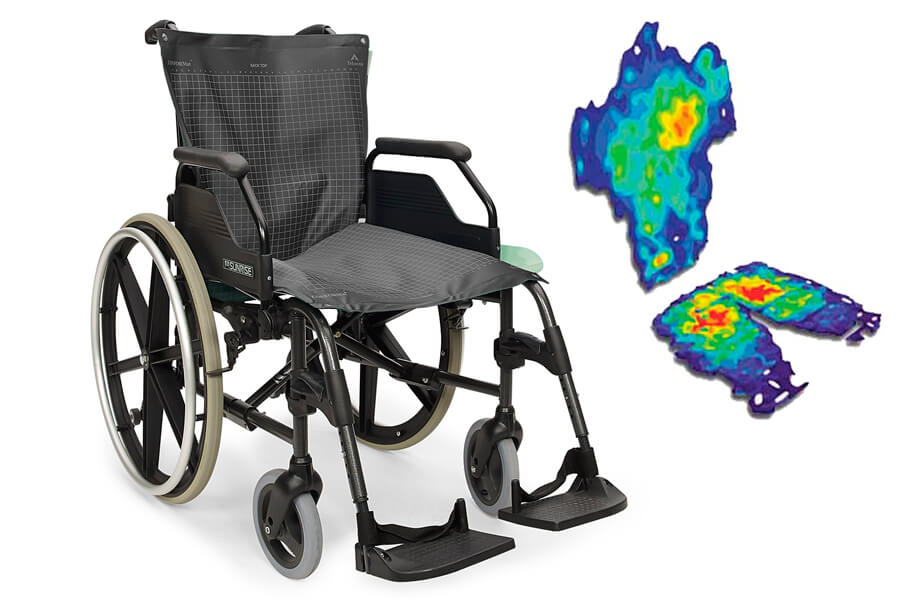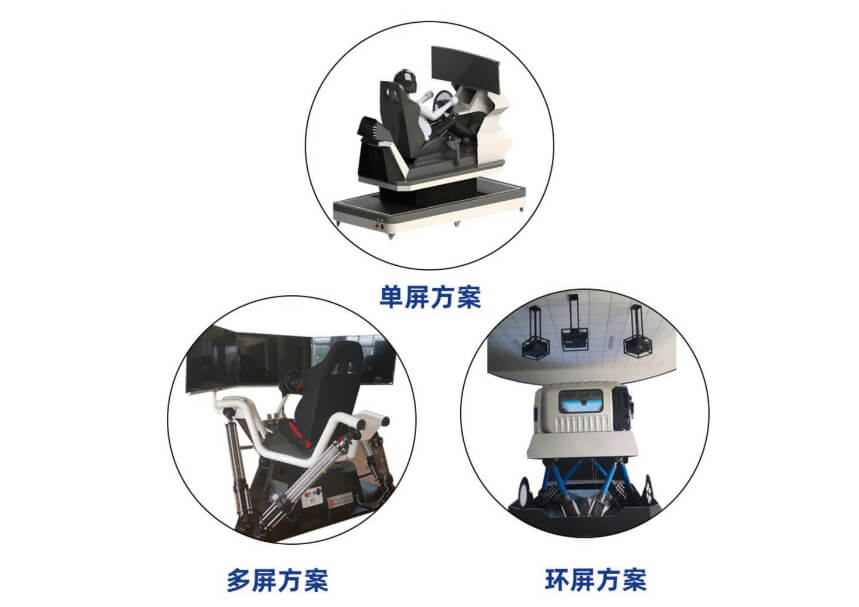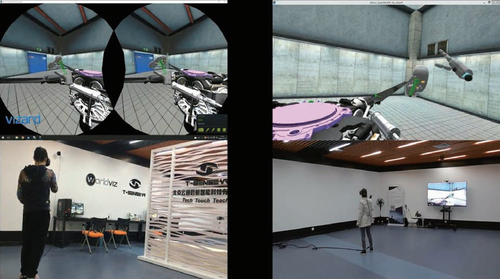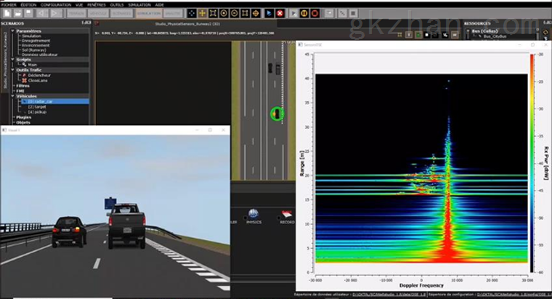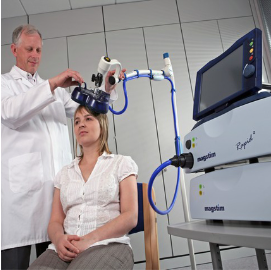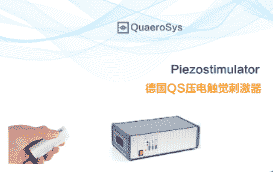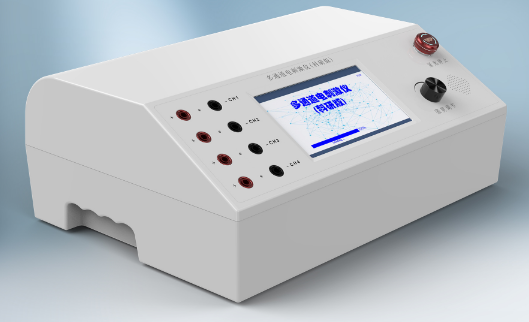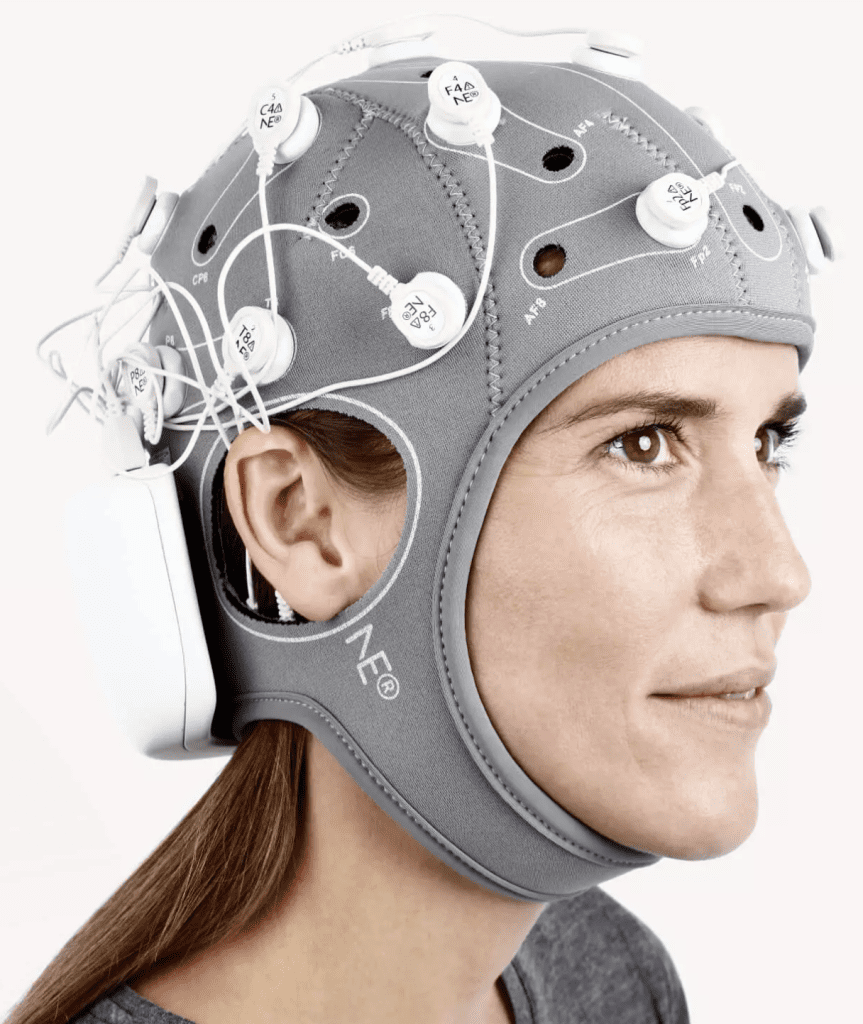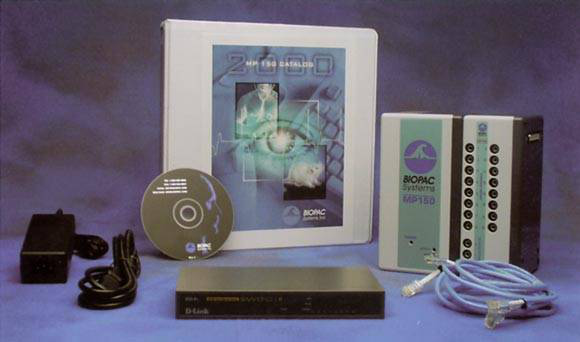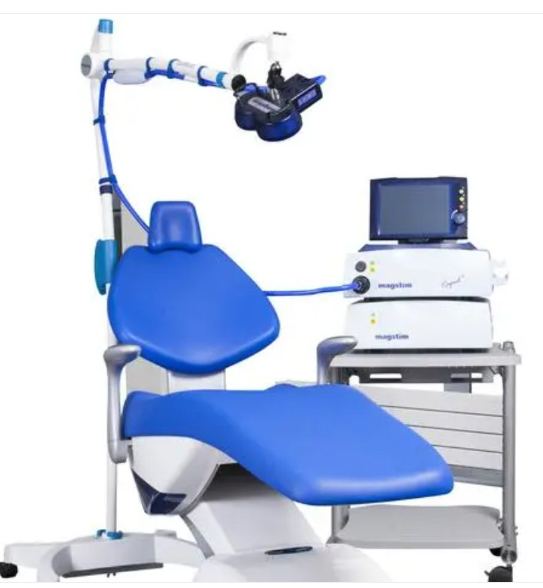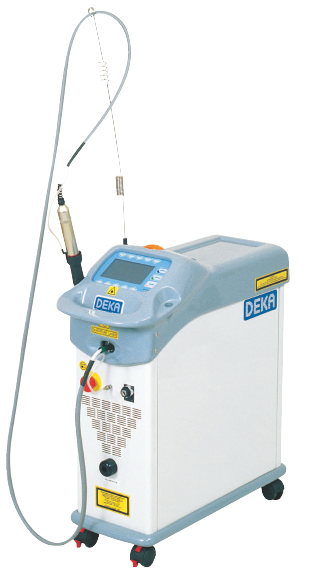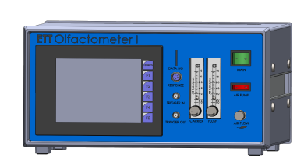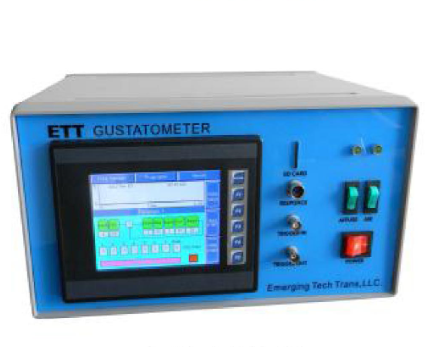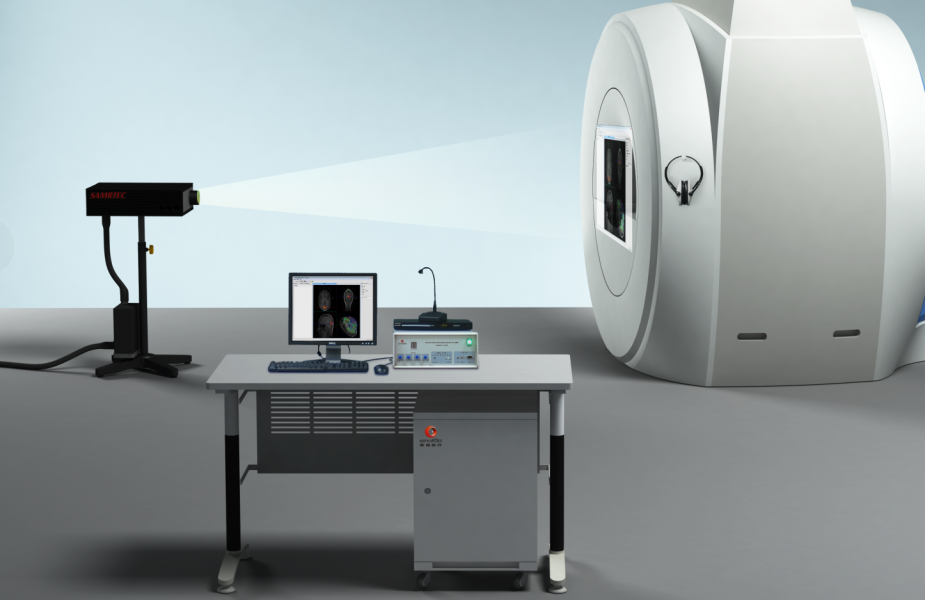The first issue of the NIR column.
Enter fNIRS - from the principle
In 1977 Jobsis, F. F. first measured blood oxygen levels and their changes in the cat brain by transillumination spectroscopy (Figure 1) and explained the relative transparency of brain tissue to NIR light, arguing for the feasibility of using NIRS to monitor changes in brain Hb oxygenation, an experiment and his subsequent research that made him the founder of the technique of in vivo NIR spectroscopy.
Today, fNIRS has undergone more than 40 years of development, and because of its many advantages such as insensitivity to motion artifacts, low external electromagnetic influence, high time-space resolution, and non-invasive portability, it can not only measure changes in oxyhemoglobin (O2Hb), deoxyhemoglobin (HHb), and total hemoglobin (HBT) concentrations in individual brains, but also perform time-synchronous hyperscanning and multimodal studies compatible with other devices. Hyperscanning and multimodal studies compatible with other devices are also possible. Therefore, it is considered as a promising technology that can provide new research perspectives in multiple disciplines. Today, let's have a brief look at the principles of NIR spectroscopy.
Functional near-infrared spectroscopy (fNIRS) is a technique that uses the absorption scattering relationship between near-infrared light at 700-900 nm and different biological chromophores in the brain to obtain the concentration of oxyhemoglobin (O2Hb), deoxyhemoglobin (HHb) and total hemoglobin (HBT) in the blood of the brain under specific conditions. It is a functional brain imaging technique that reflects the neural activity by obtaining changes in the concentrations of oxyhemoglobin (O2Hb), deoxyhemoglobin (HHb) and total hemoglobin (HBT) in the cerebral blood under specific conditions.
2. The basic principle of fNIRS
2.1 Physiological principles of fNIRS - Neurovascular Coupling
There are about 12-14 billion neuronal cells in the human brain, which have the function of contacting and integrating input information and outputting the processed information. In the unactivated state, oxygenated hemoglobin (O2Hb) in the blood releases oxygen at a certain rate and is converted to deoxygenated hemoglobin (HHb), whose released oxygen is then taken up by neurons for the most basic metabolic activities.
When neuronal cells are stimulated and activated, their demand and consumption of oxygen will be greatly increased, resulting in a rapid decrease in the concentration of (O2Hb) and an increase in the concentration of (HHb), which in turn will cause vasodilation in the brain and an increase in local cerebral blood flow (CBF) and cerebral blood volume (CBV), thereby providing more In this process, the amount of oxygen replenishment is much higher than the actual consumption of neurons, resulting in an "overabundance" effect, which ultimately increases (O2Hb) and decreases (HHb) concentrations in the cerebral blood. This change in blood oxygen levels due to neural activity is called Neurovascular Coupling (Roy & Sherrington, 1890). It is easy to see that the fNIRS technique does not directly measure the activity of the neurons themselves, but monitors the physiological changes caused by neuronal activity in the brain specifically the changes in (O2Hb) and (HHb) concentrations to reflect the neuronal activity in the brain (Figure 2).
2.2 Optical detection principle of fNIRS
The physiological tissues of the human body absorb and scatter light. Oxygenated hemoglobin (O2Hb) and deoxygenated hemoglobin (HHb), the main components of blood, have very little absorption and good scattering effect on NIR light at 700-900nm, so 700-900nm is also called the spectral window of NIR light (Spectral Window). Within this spectral window, there is an equal absorption point (805 nm), where the absorption coefficients of (O2Hb) and (HHb) for NIR light remain the same, while the left and right sides of this point (O2Hb) and (HHb) show their respective absorption characteristics for NIR light (Figure 3) (Scott et al., 2006), specifically, when the wavelength is less than 805 nm ( Specifically, the absorption coefficient of NIR light is higher for (HHb) than for (O2Hb) when the wavelength is less than 805 nm, while the opposite is true when the wavelength is greater than 805 nm, so in order to ensure the "differential effect" (Wray et al., 1988) of the absorption of NIR light by (O2Hb) and (HHb) during the change of blood oxygenation in brain tissues, at least one wavelength is usually chosen on both sides of the equal absorption point. At least one wavelength on either side of the isoabsorbance point is usually chosen for the measurement, usually 760 nm and 850 nm.
When using the fNIRS technique, the emitter (light source) and the receiver (detector) are usually placed on the scalp surface of the subject, and the emitter emits NIR light into the brain tissue, some NIR photons are absorbed and start to scatter and pass through the scalp, and are finally detected by the receiver (detector). It is worth noting that the distance between the transmitter and the receiver is generally about 3 cm, too long will lead to excessive absorption of NIR photons and not enough observation signal, too short will lead to the detection of photons only through the superficial tissue can not reach the cerebral cortex.
Since the emitter emits NIR light at a certain power, the incident light intensity can be considered as a constant value. The change in optical density (OD) can then be converted to a change in optical density (OD) using the fNIRS data analysis software. Once the difference is obtained, the change in (O2Hb) and (HHb) concentrations can be calculated according to the modified Beer-lambert Law (Figure 5) (Scholkmann et al., 2014).
Figure 5 Modified Beer-Lambert Law
ΔHHb: change in deoxyhemoglobin concentration
ΔO2Hb: change in oxyhemoglobin concentration
(d): Distance between emitter and receiver (3cm)
εHHb,λ1 εO2Hb,λ1: the respective molar extinction coefficients of HHb and O2Hb at a wavelength of λ1
εHHb,λ2 εO2Hb,λ2: the respective molar extinction coefficients of HHb and O2Hb at a wavelength of λ2
ΔOD(Δt; λ1): change in optical density (OD) after Δt time and at wavelength of λ1
ΔOD(Δt; λ2): the optical density of OD (Optical density) after Δt time and at a wavelength of λ2
DPF (differential path length factor): This factor is an empirical value derived from experiments and is approximately 6.53 ± 0.99 (Duncan et al., 1995)
In this equation ΔOD, εHHb,λ1 εO2Hb,λ1, εHHb,λ2 εO2Hb,λ2, d, Δt are known quantities, and ΔHHb and ΔO2Hb can be solved by using two equations.
The above is a brief introduction to the physiological and optical detection principles of fNIRS in this issue. In fact, there are still many details in the principle that we should understand and learn together, such as what is the Hemodynamic response function (HRF), and how does this function relate to fNIRS? Why is it necessary to take at least one wavelength of NIR light on each side of the equal absorption point to ensure the differential effect, etc. ....... These questions will be discussed in the future.
Jöbsis F. F. (1977). Noninvasive, infrared monitoring of cerebral and myocardial oxygen sufficiency and circulatory parameters. science (New York, N.Y.), 198(4323). 1264-1267. https://doi.org/10.1126/science.929199
Roy, C. S., & Sherrington, C. S. (1890). On the Regulation of the Blood-supply of the Brain. the Journal of physiology, 11(1-2), 85-158.17. https://doi.org/10.1113/jphysiol.1890.sp000321
S. C. Bunce, M. Izzetoglu, K. Izzetoglu, B. Onaral and K. Pourrezaei, "Functional near-infrared spectroscopy," in IEEE Engineering in Medicine and Biology Magazine, vol. 25, no. 4, pp. 54-62, July-Aug. 2006
https://ieeexplore.ieee.org/document/1657788
Wray, S., Cope, M., Delpy, D. T., Wyatt, J. S., & Reynolds, E. O. (1988). Characterization of the near infrared absorption spectra of cytochrome aa3 and haemoglobin for the non-invasive monitoring of cerebral oxygenation. Biochimica et biophysica acta, 933(1), 184-192. https://doi.org/10.1016/0005-2728(88)90069-2
Scholkmann, F., Kleiser, S., Metz, A. J., Zimmermann, R., Mata Pavia, J., Wolf, U., & Wolf, M. (2014). A review on continuous wave functional near-infrared spectroscopy and imaging instrumentation and methodology. neuroimage, 85 Pt 1, 6-27. https://doi.org/10.1016/j.neuroimage.2013.05.004
Beijing Hengzhi Technology Co., Ltd, invested by China Science (Guangdong) Science Group, relying on Guangdong Institute of Human Factors Technology and Wuhan Institute of Human Factors Engineering Technology, is a new high-tech enterprise based on psychological human factors, driving human factors, biomechanics, user experience, virtual reality and other directions, integrating production, research and development, sales and technical services, has been successfully selected in the list of high-tech enterprises in Zhongguancun. .
The driving human factors system, virtual reality graphical editing software, light environment psychological assessment system and psychological and human factors experimental teaching system developed by Hengzhi Technology have entered the domestic market.
As the sole agent of Poland Cortivision NIR, Russia Mitsar EEG in China, the sole agent of Italy BTS surface EMG and other biomechanical and gait analysis products in China, and the sole agent of Netherlands Noldus Behavioral Science, Sweden Tobii Eye Motion Instrument, Netherlands MindMedia Physiology and Biofeedback, US Biopac Physiology, US ETT The domestic licensed agent of products such as olfactory/taste stimulator. The high-tech products operated have served the top universities and the highest level of scientific research units in China, including Tsinghua University, Beijing Normal University, Northeast Normal University, Yanshan University, Qiyuan Laboratory, Xi'an University of Architecture and Technology, Northwest Agriculture and Forestry University of Science and Technology, Shenzhen University of Technology, Xi'an University of Science and Technology, Shanghai University, the Second Institute of Aerospace, 27 and 28 of China Electronics Technology Group, while providing technical support for ink Netease, Huawei technology to provide technical support, in the field of talent training, scientific research cooperation, transformation of results and other scientific and technological areas of continuous in-depth cooperation.
This article comes from the WeChat public number: EVERLOYAL



